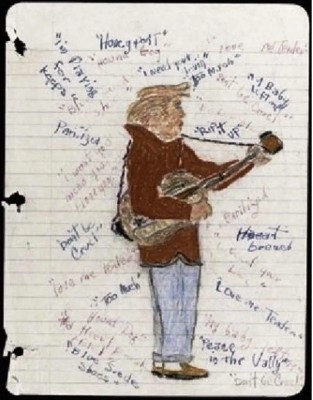Understanding The Historical Meaning of "Saved by the Bell"
The phrase "saved by the bell" is a fascinating expression with a rich and somewhat eerie historical background. To truly understand its meaning and origins, we must delve into the past, exploring the societal fears and innovative solutions that led to the creation of this enduring idiom.
In the 18th and 19th centuries, one of the most pervasive fears was that of being buried alive. This fear was not entirely unfounded. Medical science was not as advanced as it is today, and there were numerous instances where individuals were mistakenly declared dead and subsequently buried. This led to a significant public anxiety and various efforts to prevent such a horrifying fate.
Safety Coffins: The Original Lifesavers
To address the fear of premature burial, inventive minds of the time developed what came to be known as safety coffins. These coffins were designed with mechanisms to ensure that if a person was buried alive, they had a means of alerting those above ground. One of the most well-known designs involved a bell attached to a string, which was threaded through the coffin and tied to the wrist or finger of the "deceased."
The idea was simple yet ingenious: if the person awoke, they could pull the string, ringing the bell on the surface. This sound would alert the living that someone was still alive below, hence literally being "saved by the bell." Such devices were not only a testament to human ingenuity but also a reflection of the profound fear and the lengths people would go to ensure their safety even in death.
Documentation and Patents
Historical records and patents provide further insight into the development and use of safety coffins. In 1891, Dr. Johann Gottfried Taberger patented a safety coffin that included a tube for air and a bell mechanism. Other designs featured flags or lights that could be activated by the person inside the coffin. These inventions, while seemingly macabre, highlight the very real fear of premature burial and the innovative solutions devised to counter it.
While the literal use of safety coffins eventually faded as medical practices improved, the phrase "saved by the bell" endured. By the late 19th and early 20th centuries, it began to take on a more figurative meaning. The expression came to signify any situation where someone is saved from trouble or danger at the last possible moment.
The Role of Boxing
Parallel to the historical use of safety coffins, another theory suggests that the phrase gained popularity through the sport of boxing. In boxing, the end of a round is signaled by a bell. A boxer who is on the verge of defeat or in a precarious position can be "saved by the bell," as the sound signifies a temporary respite and the end of the round. This sporting context added another layer of meaning to the phrase, further embedding it in popular culture.
The phrase "saved by the bell" is deeply rooted in historical fears and innovations. Originating from a time when the fear of being buried alive was very real, the phrase reflects human ingenuity in the face of mortal fear. As medical science advanced and such fears diminished, the phrase transitioned into a more metaphorical usage, bolstered by its association with the sport of boxing.
Today, "saved by the bell" serves as a reminder of the past's anxieties and the clever solutions that emerged from them, while also embodying the universal experience of being rescued from a dire situation just in the nick of time. This historical journey of the phrase highlights the fascinating ways in which language evolves, carrying with it the echoes of our collective experiences and fears.
Get Free Gifts & Best Stories!
Join our newsletter to get our top stories of the month and free merch.
- 📚 Cool Stories: Read stories you won’t find in textbooks.
- 🎁 Free Gifts: Get exclusive stickers, t-shirts, and more!
Only 1 email a month. No spam, we promise!

